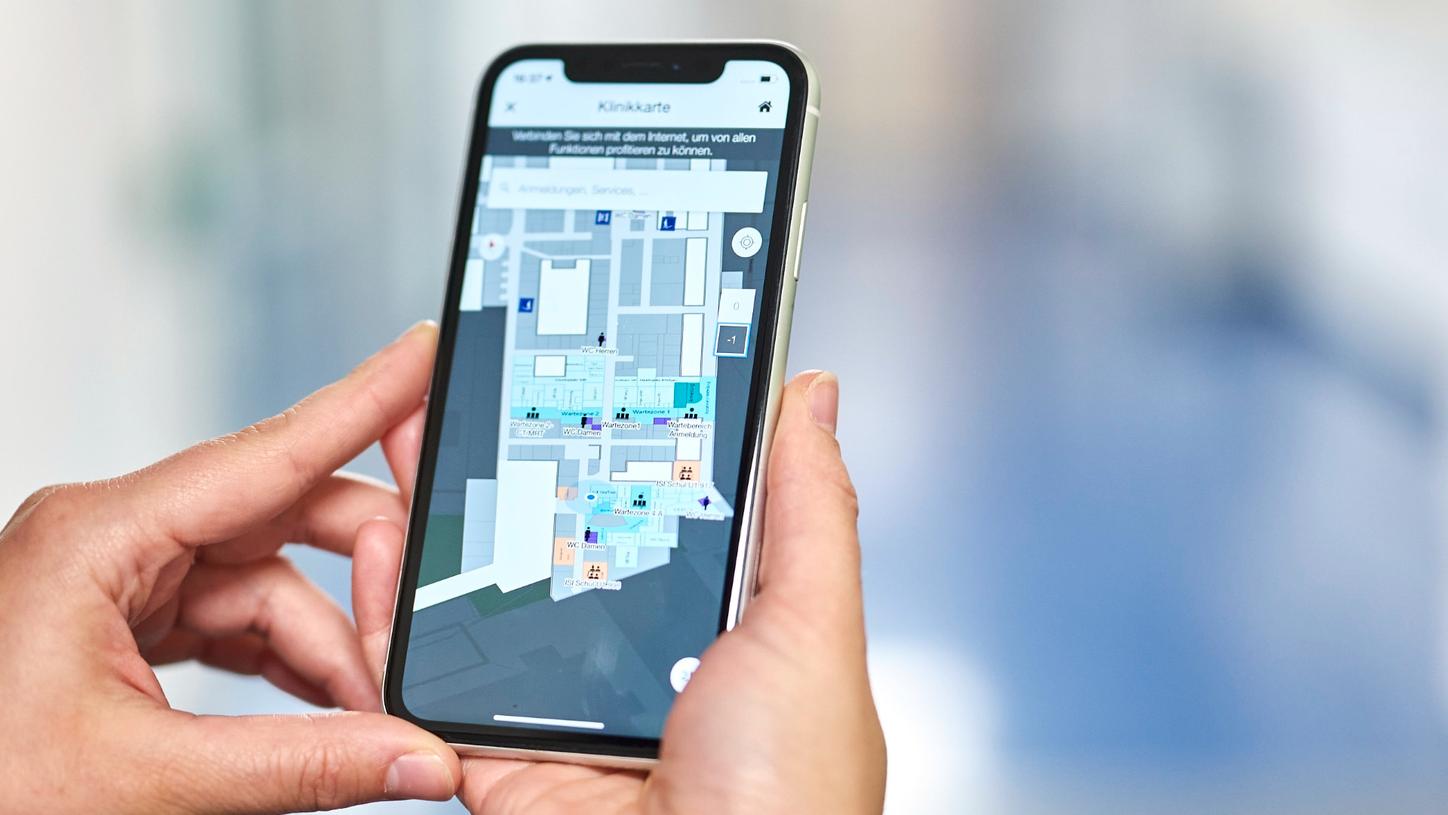Stop searching, start finding
Tagged objects can be located at any time.
How do I quickly find a patient transport chair that has been taken off to another department? How do I help visitors avoid roaming about in the hospital? How can I assign data from different sources to time and space and link them together?
The key to answering these and many other questions is real-time localization using RTLS technology. It is already in extensive use in industry and has now been introduced to the radiology institute of University Hospital Erlangen, Germany, as part of a pilot project.
RTLS technologies can provide information about where items and patients are located, helping to speed up and improve processes. In this way, providers can improve the quality of healthcare and increase efficiency – to an extent that has not been possible before.
Professor Alexander Cavallaro, MD, Institute of Radiology, University Hospital Erlangen, Germany
We were very excited about the project from the outset because we are familiar with the annoying situation in which we have to search for something.
Stephan Kunzelmann, Head Technologist at the Centre for Internal Medicine, Institute of Radiology, University Hospital Erlangen, Germany

More information
This service is under development and not commercially available. Its future availability cannot be ensured.
The statements by Siemens Healthineers customers described herein are based on results that were achieved in the customer’s unique setting. Since there is no “typical” hospital and many variables exist (e.g., hospital size, case mix, level of IT adoption) there can be no guarantee that other customers will achieve the same results.











